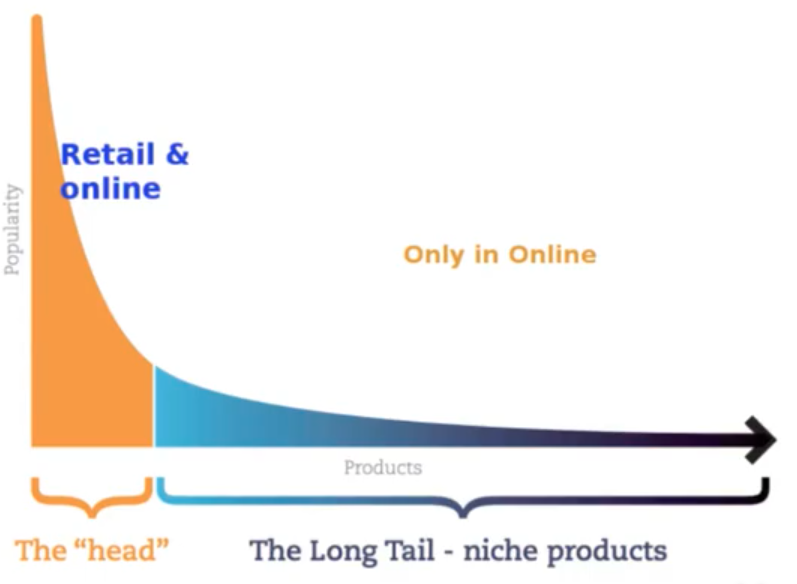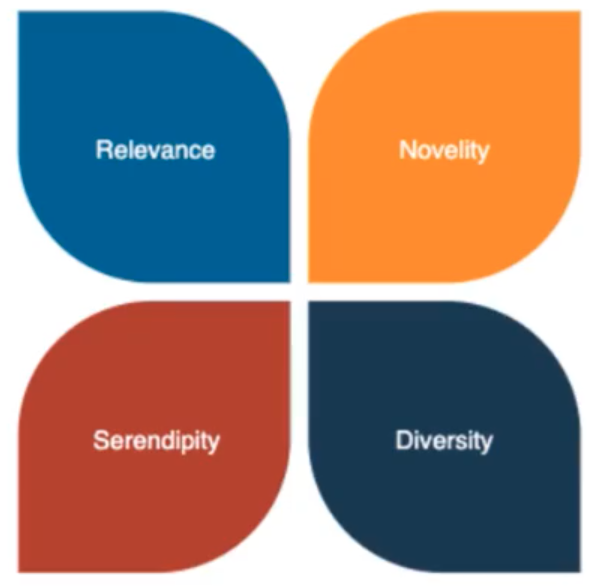Recommendation System (Part 1)
Recommendation System (Part 1)
1. Introduction to Recommendation Systems
There are many ways to describe recommendation systems.
For me, I like to sum it up in one sentence:
“If you’re here, you’re staying — one scroll leads to another.”
Think of TikTok, Instagram… the more you scroll, the more addicted you get.
Recommendation systems are everywhere:
- “You may like this” or “You might be interested in that” — sound familiar?
- The bigger the company, the smarter the recommendation system.
- Everyone sees different content — it’s personalized for each user.
- What you do determines what gets recommended to you.
2. Why Do We Need Recommendation Systems?
- Only a few products are truly popular — but what about everything else?
- Around 80% of sales come from 20% of the products.
- To increase overall revenue, we need to promote long-tail items.
- Personalized recommendations based on user behavior help push those lesser-known products.
3. Goals of a Recommendation System
A good recommendation system isn’t just about pushing content — it’s about pushing the right content:
- Relevance: The content must be related to the user’s interests.
- Novelty: Recommending something new keeps users engaged.
- Serendipity: Sometimes the best recommendations are unexpected — like finding a hidden gem.
- Diversity: Variety is important — users don’t want to see the same kind of thing over and over.
4. Common Terminology in Recommendation Systems
- Item: A product, video, article — whatever is being recommended.
- Embedding: A hidden vector representation of items or users (e.g., from matrix factorization).
- Recall: The stage of roughly filtering down to a smaller set of possible recommendations.
- Scoring: Ranking those items with a common metric.
- Re-ranking: Adjusting the final order based on finer details or business rules.
5. Typical Recommendation Pipeline
Most recommendation systems work in three stages: Offline + Nearline + Online
And in three phases: Recall → Rough Ranking → Fine Ranking
- Offline: Trains big models on historical data. It’s updated periodically.
- Rough ranking (nearline): Updates recommendations based on user actions in near real-time.
- Online (final stage): Applies business rules and gives the final ranked list instantly when the user is active.
6. Challenges in Building Recommendation Systems
- Requires deep understanding of users: collecting rich profile and behavior data.
- People change — interests evolve over time.
- Recommendations should evolve too — they can’t stay static.
- Feature engineering is complex and ever-changing.
- Cold start problems:
- New user: We don’t know their preferences yet.
- New item: No one has interacted with it before.
- It’s easier to handle new items — they have fixed attributes.
- Solutions:
- Use content-based filtering
- Use hybrid models
- Collect implicit signals as early as possible
7. Deep Learning in Recommendation Systems
Why use deep learning?
- Big Picture: Manual feature engineering is hard — deep learning automates and improves it.
- Core Advantage: End-to-end models simplify the process and improve performance.
- Best Fit: Works especially well for NLP and image-based content, which is common in user behavior data today.
This post is licensed under CC BY 4.0 by the author.

